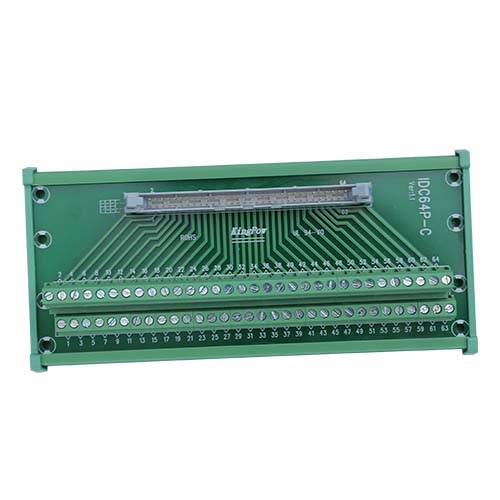Kenbo Xiaobian let you know the role of the intermediate relay
The relay is an automatic switching element with isolation function, which is widely used in remote control, telemetry,
Communication, automatic control, mechatronics and power electronics are among the most important control components.
Relays generally have an inductive mechanism (input section) that reflects certain input variables (such as current, voltage, power, impedance, frequency, temperature, pressure, speed, light, etc.); it has the ability to "pass" and "control" the controlled circuit. The actuator (output portion) of the control unit is disconnected; between the input portion and the output portion of the relay, there is also an intermediate mechanism (drive portion) that couples the input amount, functions, and drives the output portion.
As a control element, in summary, the relay has the following effects:
1) Expanding the control range: For example, when the multi-contact relay control signal reaches a certain value, it can switch, disconnect, and turn on multiple circuits at the same time according to different forms of the contact group.
2) Amplification: For example, sensitive relays, intermediate relays, etc., with a very small amount of control, can control a very high power circuit.
3) Integrated signal: For example, when a plurality of control signals are input to a multi-winding relay in a prescribed form, the comparison is integrated to achieve a predetermined control effect.
4) Automatic, remote control, monitoring: For example, the relay on the automatic device together with other electrical appliances can form a program control circuit to achieve automatic operation.

The role of the intermediate relay
The general circuit is often divided into two parts: the main circuit and the control circuit. The relay is mainly used for the control circuit. The contactor is mainly used for the main circuit. The relay can realize the function of controlling one or several signals with one control signal to complete the start and stop. Control, linkage and other control, the main control object is the contactor; the contacts of the contactor are relatively large, bearing capacity is strong, through it to achieve the control of weak electricity to strong electricity, the control object is electrical appliances.
1. Replace small contactors
The contacts of the intermediate relay have a certain load capacity. When the load capacity is small, it can be used to replace the use of small contactors, such as electric shutters and some small appliances. This has the advantage that it can not only serve the purpose of control, but also save space and make the control part of the appliance more delicate.
2. Increase the number of contacts
This is the most common use of intermediate relays. For example, in a circuit control system, when a contactor of a contactor needs to control multiple contactors or other components, an intermediate relay is added to the line.
3. Increase contact capacity
We know that the intermediate relay's contact capacity is not very large, but it also has a certain load capacity, and the current required for its driving is very small, so the intermediate relay can be used to expand the contact capacity. For example, it is generally not possible to directly use the output of the inductive switch or the triode to control the electrical components with relatively large loads. Instead, an intermediate relay is used in the control line, and other loads are controlled by the intermediate relay to achieve the purpose of expanding the control capacity.
4. Conversion contact type
In industrial control lines, it is often the case that the control requires the use of a normally closed contact of the contactor for control purposes, but the normally closed contact of the contactor itself has been used up and the control task cannot be completed. At this time, an intermediate relay can be connected in parallel with the original contactor coil, and the normally closed contact of the intermediate relay can be used to control the corresponding components, and the type of the contact is switched to achieve the required control purpose.
5. Used as a switch
In some control lines, the switching of some electrical components often uses an intermediate relay, which is controlled by the opening and closing of its contacts. For example, the automatic degaussing circuit commonly used in color TVs or displays, the triode controls the on and off of the intermediate relays, thereby achieving control degaussing. The function of the coil on and off.
6. Conversion voltage
7. Eliminate interference in the circuit



